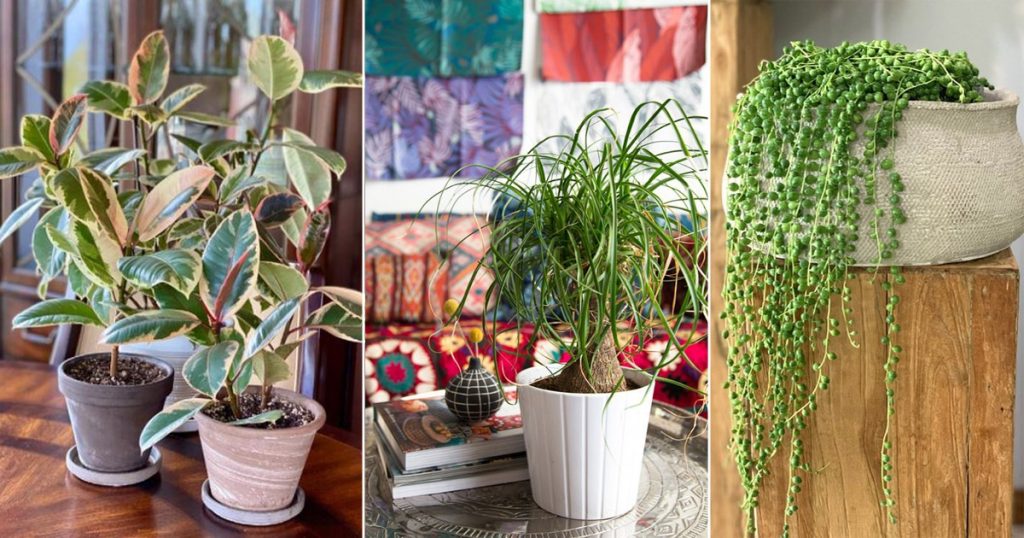Succulents
There are many types of house plants that do not require a lot of water. Some are succulents, which are easy to maintain as they only need a couple of drops of water a day. They can be mixed with other types in a trough or dish garden, and they prefer full sun.
Succulents are easy to grow, but you will need to watch their water usage carefully. These plants should be watered only when the soil becomes dry. Generally, they do not require much water, but check them weekly to make sure they are getting enough.
Air plants
Air plants are perennial flowering plants that do not require much water. They belong to the Bromeliad family and grow without soil and only need the moisture in the air to survive. They are also called epiphytes, and thrive in a warm environment. In the home, air plants do not need much water and will look good in bright and dappled light.
The watering schedule of air plants depends on the season. During the summer, plants need about a cup of water every two to three days. In the winter, they need only a little bit more.
Weeping fig
A weeping fig is one of the best houseplants for low-water requirements, so you can keep its watering habits low. The plant prefers a nutrient-rich soil that drains well. It should be planted at a depth of about 3 inches. It requires little fertilization, but you should dilute any liquid fertilizer by half to avoid burning its leaves. Unlike many other houseplants, this type of plant does not require frequent repotting. However, you should give it a good soak in water in late winter or early spring.
During the warm months, you can move your weeping fig outside. However, be careful not to place it near drafts or heat vents as they may become infested with aphids and mealybugs.
Ponytail palm
Ponytail palms are a desert plant and should be placed in a bright, sunny area. They will tolerate some shade, but will not grow as fast. They do best in direct light and should be placed on a west or east-facing windowsill, as these provide them with the sun they need to thrive. Repotting is needed every two to three years.
Ponytail palms are usually sold in planters with one mature plant, although they can also be purchased in smaller planters containing three young plants. These can be planted together or separated and will need less water. Ponytail palms grow best in bright, medium-to-full sunlight and warm rooms. They do not need much water, but they should receive a monthly application of a liquid fertiliser.
String of pearls
If you are looking for a house plant that doesn’t require a lot of water but can thrive in a low-water environment, string of pearls are a good choice. These plants can be planted at any time of year, but are best planted during warmer months. They have a cinnamon-like scent and produce white flowers in the spring. While this plant is not particularly attractive indoors, it is poisonous to both people and pets, so you should be especially careful when caring for your plant.
String of pearls plants have no particular need for a lot of water, but they can react negatively to too much water or too little. For best results, water your plants only when the top layer of soil is dry. The most common cause of plants dying is overwatering, so make sure to water them as needed when they are dry.
Peace lily
The peace lily is a good house plant to grow indoors. It does not require much water to thrive, but it needs adequate moisture to grow properly. The plant will require a good drainage medium, but you can add sugar to the water as a fertilizer. Alternatively, you can use peat potting mix.
The peace lily can survive short droughts if given consistent moist conditions. Just be sure to water until water drains out of the bottom of the pot. Ensure that you do not overwater the peace lily, as this can lead to root rot.

